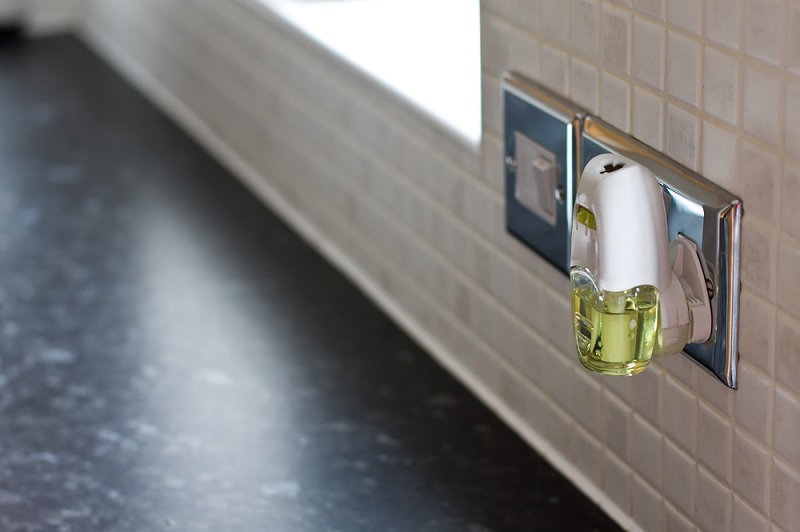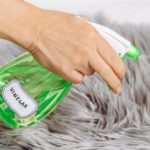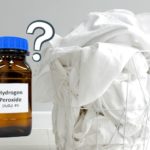We all want our homes to smell delicious, welcoming, and homely. If you have a pet wandering around, then having a method of masking any potential nasty niffs is even more important, but how exactly do you achieve this aim?
Do you constantly air your home, keeping your windows open all the time? Do you love candles? Do you search out new scents to spray? There are many ways to keep your home smelling wonderful.
Whilst once upon a time it used to be all about sprayable air fresheners, nowadays we have gone all electrical, and we use plug-in air fresheners instead.
But are these relatively new technological developments safe? Can something which literally gives you a fantastic smelling home be too good to be true?
There has been a lot of debate about the safety and health-related issues which come attached to plug-in fragrances, and whilst some of these claims have turned out to be false, some health concerns have been backed up by surprising and even alarming evidence.
Are Plug-In Air Fresheners a Fire Hazard?
Of course, big-name air fragrance brands always test their plug-ins for fire safety and take measures to make them as safe as possible.
However, there have been incidents where plug-in air fresheners have started fires. Several fire services in the UK have issued warnings after house fires started by air fresheners.
Here are a few examples of these incidents:
- In 2011, firefighters in London attended to a blaze at a bungalow that started after a plug-in air freshener had overheated due to being covered by an item of clothing.
- In 2015, the West Midlands Fire Service published photos on Facebook of a plug-in air freshener that had caught fire. The photos showed that the air freshener had been covered up, with a bed pushed up against it.
- In 2018, a fire crew put out a fire in Whitefield, Greater Manchester, that started due to an air freshener being covered by a pile of clothing.
These cases show that plug-in air fresheners can catch fire, and should be used with care. However, fires caused by air fresheners are rare, and aren’t as common as fires caused by tumble dryers, for example.
Also, the fires listed above could have been avoided by following some basic safety precautions:
- Don’t cover plug-in air fresheners. Make sure there is plenty of space around them.
- Switch air fresheners off when you go to sleep or leave the house.
- Check plug-in air fresheners regularly for scorch marks or melting.
You can also minimise the risk by only buying high-quality air fresheners from established brands. These products are likely to be tested to higher standards.
Is It Safe to Leave Plug-In Air Fresheners on Overnight?
Plug in air fresheners should be switched off while you’re in bed or out of the house.
Though the risk of them catching fire is low (especially if you use them correctly), it’s always better to be safe than sorry.
Most fire services recommend always switching off plug-in air fresheners before you go to bed.
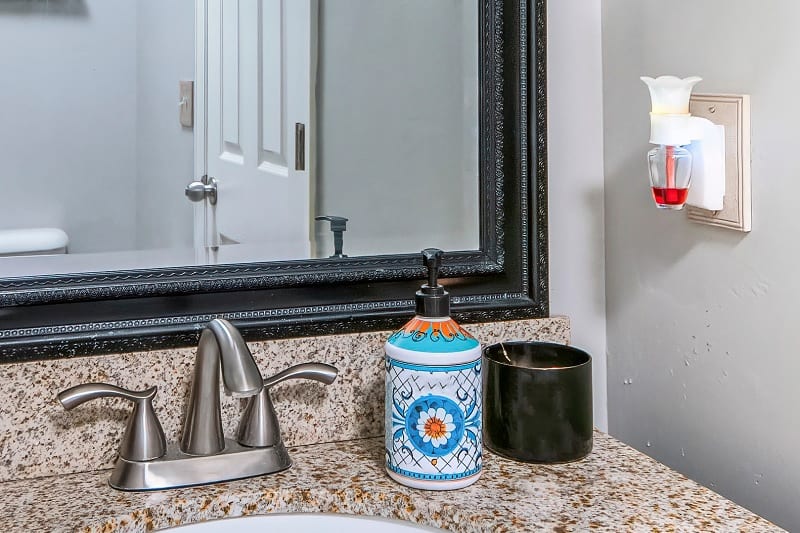
Are Plug-In Air Fresheners Toxic?
Like most air fresheners, plug-in air fresheners can contain harmful chemicals.
You should be able to find detailed information about the potential harms of specific products by searching the internet for the product name + “safety data sheet”. However, the specific combination of ingredients that gives air fresheners their unique scents is often a trade secret.
Here’s an overview of the most common concerns with air fresheners.
Asthma
Some of the ingredients that go into plug-in fragrances are connected with an increased chance of developing asthma, both in adults and in children.
Obviously, for those who already have asthma, this can exacerbate and worsen the condition and its symptoms, leading to breathing difficulties for some people.
Phthalates
A study undertaken by the natural Resources Defence Council in the USA, named the ‘Clearing The Air’ study, showed that a huge 86% of the plug-in fragrances cross-sectioned and tested were shown to contain phthalates.
Phthalates are dangerous chemicals which can affect fertility and reproductive health, especially in men, where testosterone production levels can be quite badly affected when the person is exposed to large amounts of phthalates.
Exposing children to large amounts of phthalates can also harm their development.
Volatile Organic Compounds (VOCs)
Plug-in air fresheners contain volatile organic compounds (VOCs). These are a group of compounds that are released into the air and then can be breathed in.
VOCs pose several potential risks to humans including causing eye, nose and throat irritation as well as headaches and potential damage to internal organs.
These VOCs can include formaldehyde, which is known to be carcinogenic, and is associated with DNA and cell mutation, which can lead to cancer formation.
When to avoid plug-ins
- Asthma: If you do have someone in your home who is an asthmatic, or someone who has general respiratory problems, it is perhaps best to avoid this type of fragrance, because of the study evidence to show that it can make such symptoms worse.
- Children and babies: Those with small children and babies may also be concerned about the risk of their little ones developing asthma or being exposed to harmful chemicals.
Occasional use will obviously not cause the same level of risk and harm, compared to when you use them constantly, even on a daily basis.
Using the product for several hours at any one time can also exacerbate breathing problems in those who are already susceptible, so short bursts may be more preferable.
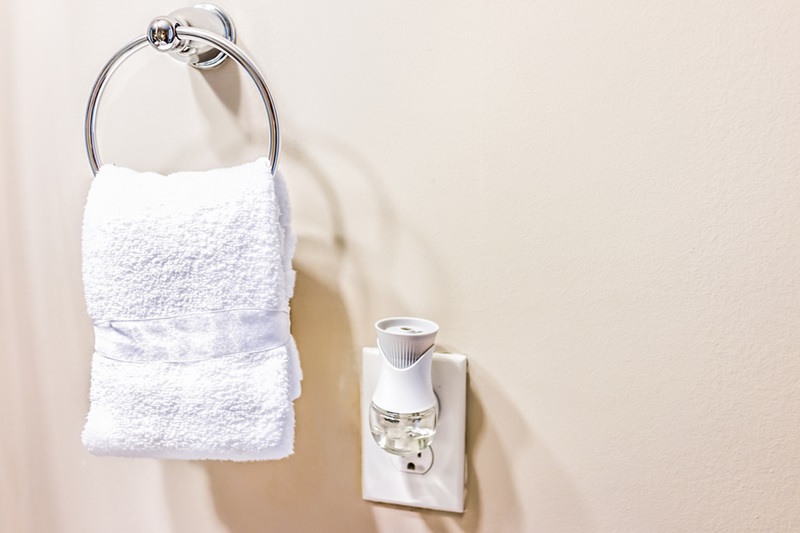
How Do Plug-In Fragrances Work?
A plug-in fragrance is basically shaped exactly the same as a plug you put into your power socket.
Behind the plug you will find a cartridge of liquid, and when it is plugged into the wall and switched on, this liquid heats up and emits a rather pleasant scent over a period of time.
When you turn off the plug, the cartridge no longer emits the scent, but it is still present in the air for a while afterwards.
From that description you can understand the attraction of such a product, because there is no chance of any unpleasant smells permeating your home whilst it is switched on. Households with pets are often particularly heavy users of these plug-in fragrances.
Alternatives to Plug-In Fragrances
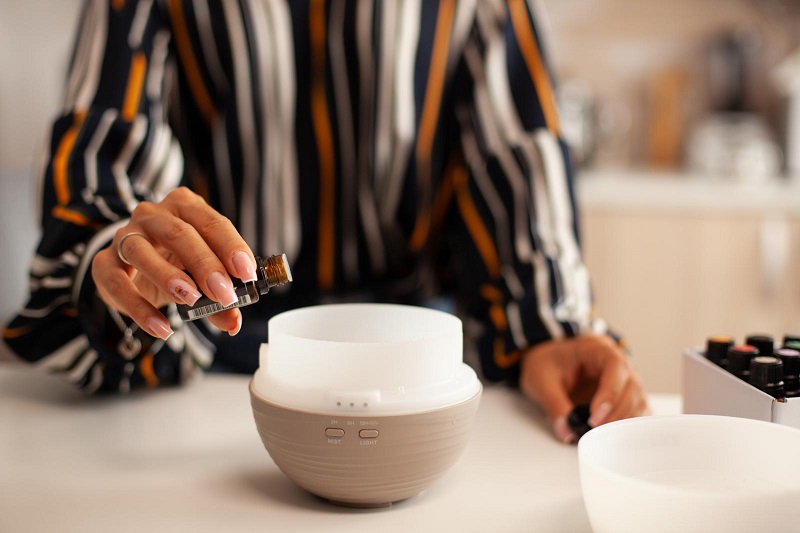
If you’re reading this and you’re sure that you don’t want to take the risk of using plug-in fragrances, then the good news is that there are a few alternatives you can look into, which will still leave your home smelling rather delicious.
The quickest way to keep your home smelling fresh and wonderful is to make sure that you take your rubbish out regularly.
This will ensure that no nasty niffs permeate the air for a length of time, leaving your home with a lingering scent.
Of course, opening your windows and allowing air to circulate will also give you a fresh air feel and smell, and doesn’t cost a penny!
Many people choose to have an air purifier in their home, which works in two ways. Firstly, you have peace of mind that any allergens or dust is removed from the air that is circulating in your home, and secondly, it helps to remove any unpleasant smells too.
Anyone who has a member of the household with asthma will also benefit from such a machine.
If on the other hand you prefer something more scented, you could try these following DIY options:
- Use essential oils – All you need is your favourite natural essential oil, a few drops of water and a small, empty (totally clean) spray bottle. Simply mix together, pour into the bottle, shake well, and spritz. Alternatively, use an essential oil diffuser. However, just because essential oils are ‘natural’, this doesn’t mean they are completely safe. Like air fresheners, essential oils release VOCs and can irritate the eyes and respiratory tract.
- Head online and find out how to make your own candles – There are many kits you can buy, which use only natural ingredients, and that means you can create your own bespoke scents, as well as getting a little crafty at the same time!
- Use cinnamon sticks for winter scents – During the winter months, you might want a warm scent in your home, and this can be done very easily by boiling up a pan of water and dropping in a couple of cinnamon sticks. This will easily scent your home for a good few days, and will give you that warm, winter feel too.
Read our guide on how to make your house smell nice for some more tips.
So, Are Plug-In Fragrances Safe?
You might be reading this and thinking it’s a big ‘no’ to plug-in fragrances, but you need to keep a balanced view on the situation.
As long as you use them carefully, plug-in fragrances (when purchased from a reliable brand which has been tested for fire safety) shouldn’t pose a big fire risk.
You wouldn’t leave a candle burning unattended, so really don’t do the same with a plug-in fragrance.
In terms of health-related risks, you can’t ignore the studies which have been done, but you do have to bear in mind that prolonged and constant use is more likely to cause issues than occasional, short-term use.
For that reason, it’s a personal decision whether you use plug-in fragrances, but it is certainly always better to go down the route of a reliable brand name, rather than one which has never been heard of, simply because it comes up cheaper in terms of cost.
If you do decide to use a plug-in air freshener, follow these safety measures:
- Don’t leave it plugged in overnight or while you’re out of the house.
- Make sure the plug-in has space around it and isn’t covered by anything such as clothes, furniture or a bed.
- Check the plug regularly to make sure it isn’t scorched or melting.
- Don’t leave the plug-in air freshener on all the time. Switch it off regularly to make sure it doesn’t overheat.
- Only choose products from reputable brands that perform rigorous safety tests on their products.
- Make sure the room you use it in is well ventilated to allow potentially harmful chemicals in the air to escape.
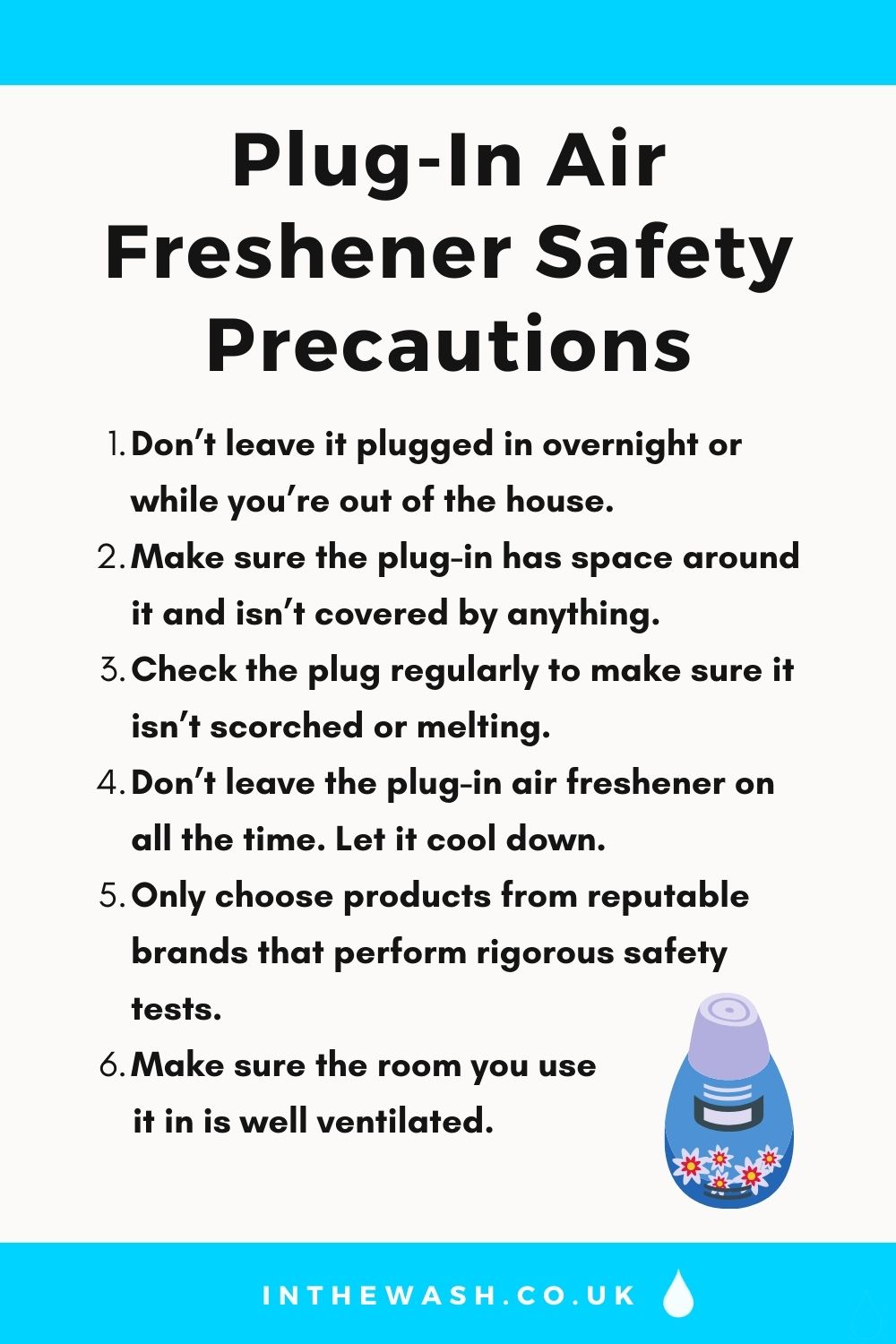

In The Wash is your guide to the best laundry and cleaning products, tips and tricks. Our mission is to solve the UK’s cleaning and laundry dilemmas!
